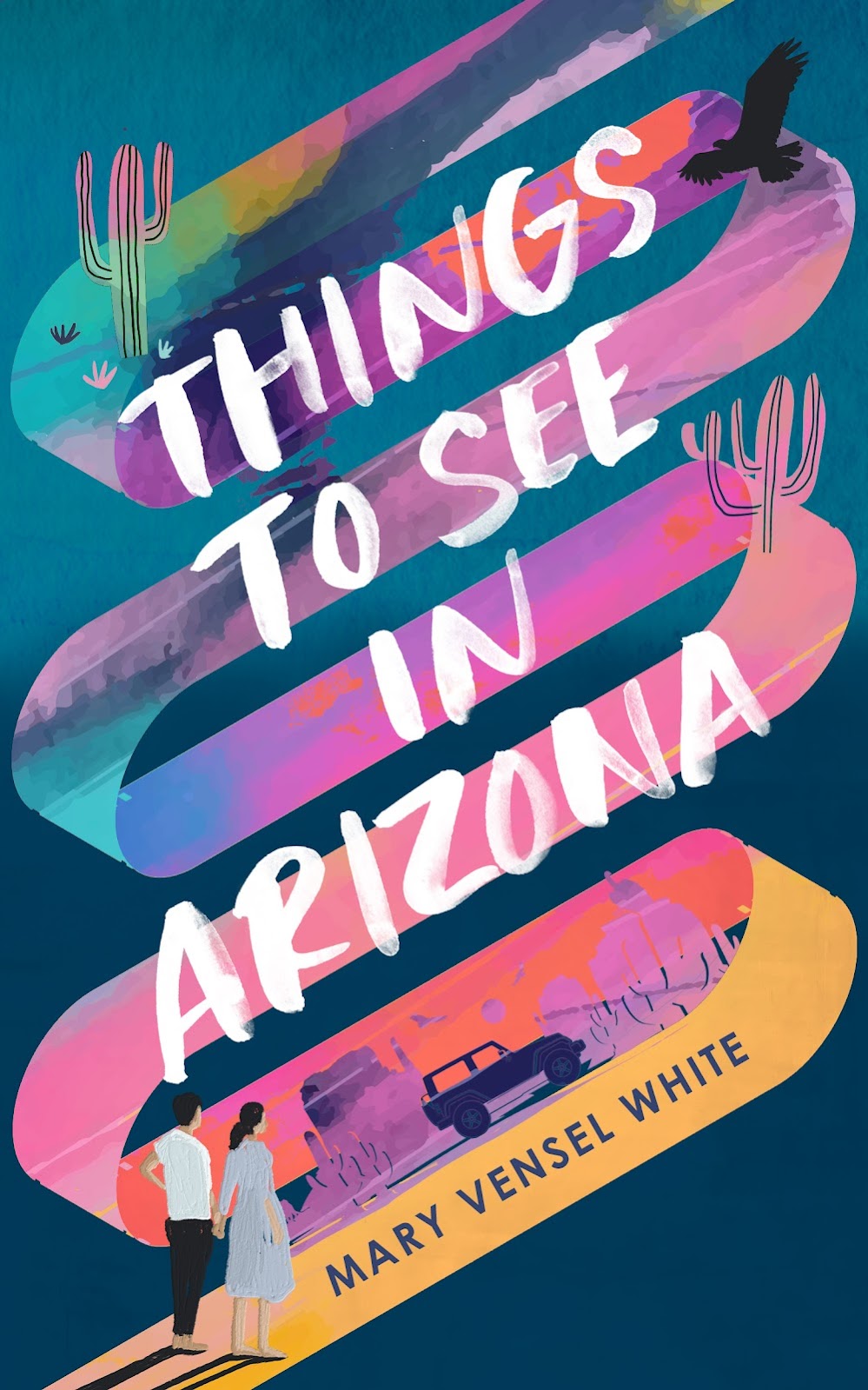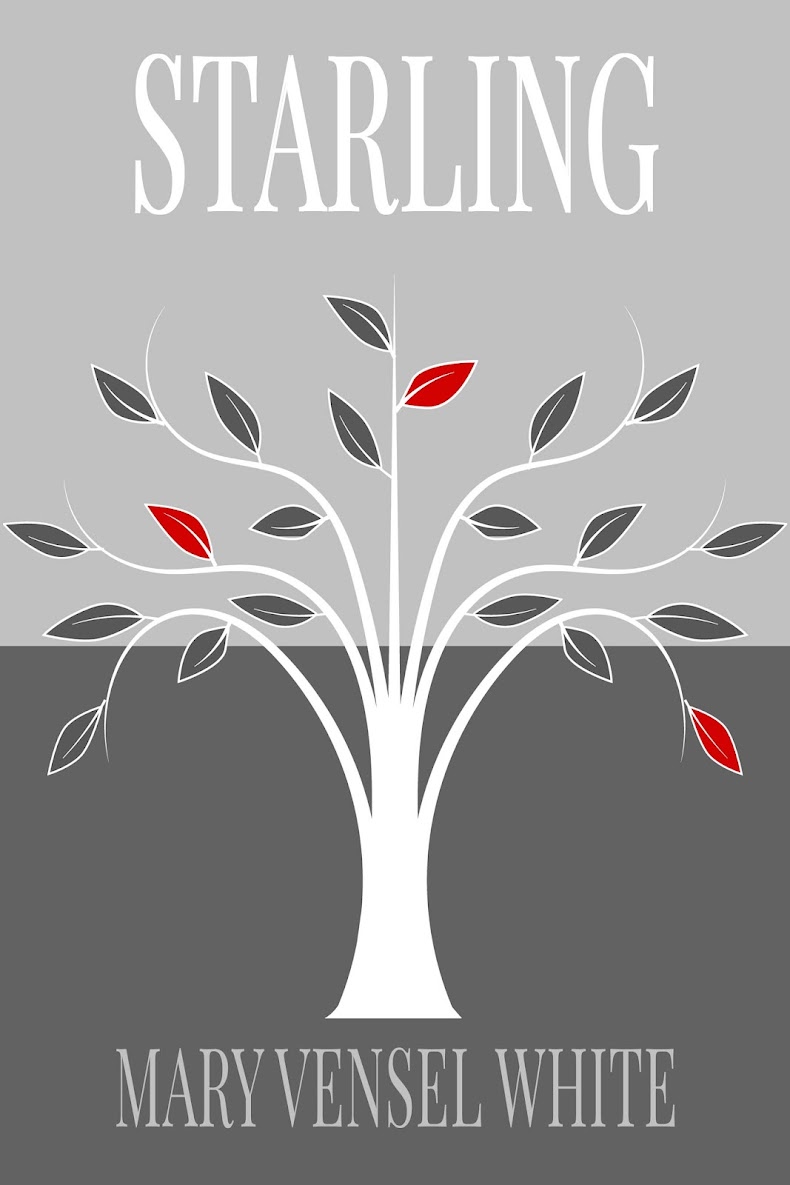Tomorrow our family will commemorate the wonderful moment we doubled from three to six members, and we'll celebrate the three unique souls we've been getting to know for twelve years. This is a short piece I wrote about the experience. You can also find a truncated version at Labor Day, where, if you're so inclined, you can share your own birth story.
July 18
Dr. Yamada
stands up from the stool positioned between my legs and removes his rubber
glove. “You’re six centimeters dilated,”
he says.
My husband
Jason looks at me in surprise, but there is no pain, just the same, slight
agitation, a strange churning.
Everything about this pregnancy has been different from my first. That time, everything was waiting,
waiting. I’d scour my pregnancy books,
watching for symptoms, searching for signs.
And when our son was born at nine months and one day, I pushed him out
for three exhausting hours.
This time,
everything happened quickly. Instead of
sharp blows from elbows and feet there were large rolling movements and blunt
edges. An unsettledness. There was no time to contemplate, only the
sensation of a great rolling along, a necessary growing.
“How many
weeks?” Dr. Yamada asks.
“Thirty-four
tomorrow,” I say. I try to push myself
up.
“Stay,
stay,” Dr. Yamada scolds. At every
appointment, he reminds me to stay off my feet.
No extended walking. No lifting
over ten pounds. I can never reassure
him that in my own way, I am taking it easy. But I do lift our two-year-old. It’s something I can’t give up.
“This is a good outcome,” Dr. Yamada
admits. Despite everything still before
me, I feel relief. I have so often felt
like a vessel, nothing within my control.
Scrutinized with biweekly ultrasounds, my body expanded,
amoeba-like. My appetites were foreign.
Jason shifts next to me. “So maybe later tonight, or tomorrow?” he
asks. He remembers the first time, waiting
for hours at home, then all night at the hospital. Fragmented sleep on a stiff armchair.
Dr. Yamada
chuckles, looking back and forth between us.
“No. I mean that you are going now. If there’s enough staff, within the hour.”
Everything
picks up speed. A nurse appears with a
wheelchair. At the hospital building
next door, a team of three nurses work on me from all sides, taking vital
signs, changing me into a gown, giving us forms. Then, something I hadn’t expected: pain.
I lie on my side, wishing for the epidural.
Forty-five
minutes later, I am blissfully numb in a large operating room. All around me is activity. There are three doctors, many nurses, much
equipment. Jason is there in his green surgical
suit, video camera in hand.
There is murmuring
between the doctors. “We’re going to
begin,” Dr. Yamada says.
My only view
is the blue curtain positioned so that I have no view of anything. Once again, I am strangely disconnected from
the events of my body, a blind spectator, waiting to be told my part. I feel pulling, the way your stomach drops on
a rollercoaster. And just like that, a
small cry.
“Here he
is,” a nurse says. “A boy.”
I watch as
they wipe his face. They bring him to a
wheeled bassinet near my head and prop him up.
He has Jason’s deep-set eyes, his dark hair. They wheel him towards the door.
“Across the
hall and down a ways,” the nurse says to Jason.
“The NICU. You can follow us or
wait.”
“I’ll wait.”
More
activity below. Quickly, much too
quickly to process, someone says: “Another
boy.” Two more nurses appear. One is holding a fair-skinned baby. The hair escaping in thin wisps from the cap
is pale blonde. Another surprise.
She brings
him to me for a kiss. Soft skin, pink
lips. “He’s not doing much deep
breathing,” she tells Jason. “We’ll give
him some stimulation.” As if being
yanked mid-nap from his mother’s uterus wasn’t stimulating.
More pushing
and pulling. A slight, palpable change
in the room’s mood. Later, Jason says
the scene was like a “construction site,” with doctors pulling things out of
me, pushing them back in.
Then a
doctor announces my daughter. My only
girl. Another first in a day of
firsts. I strain for a look at her, but
there are many bodies in the way. She struggles
with her breathing the most, after having been relegated for weeks to a small
space beneath my ribcage by her sprawling brothers. They take her away before I see her.
Then the
waiting begins. Waiting while they put
me together again, waiting while they get me a bed, waiting for my first meal
and first trip to the bathroom. I am
anxious. Everyone has seen the babies
except me. Around midnight, I finally go
to the NICU.
The babies
are comfortably sleeping in their isolettes.
The boys are next to each other, their names written in cheerful
lettering on cards attached to the front.
They spread out, almost naked, under the lights. The nurses assure us how warm it is. Our daughter is a few isolettes down, next to
a pair of twins I find out later have been there for three months.
We know that
we are lucky, but the next two weeks are difficult. I am discharged after two days but the babies
stay at the hospital for ten, eleven and thirteen days. Our lives are fully taken over by eating
schedules and visiting hours. We cheer
when they take in more milliliters of breast milk. We learn how to use the breathing monitors
they will bring home. We hold them as
much as we can. Amazing that we’re
suddenly incomplete without them.
When I
finally set them, side by side, in the crib in our family room, the “command
center” where we also have a changing table, baby supplies and a bed, I look at
their tiny, wrapped bodies and fully exhale for the first time in weeks. I realize then what I’ve been doing, through
the strange churning and the unpredictable whirlwind days, through the humbling
and helplessness, the times of uncertainty, the times of profound purpose. Finally, everyone is here. And I realize what I have been witnessing,
what we were, all this time, stumbling along to become: a family.





















